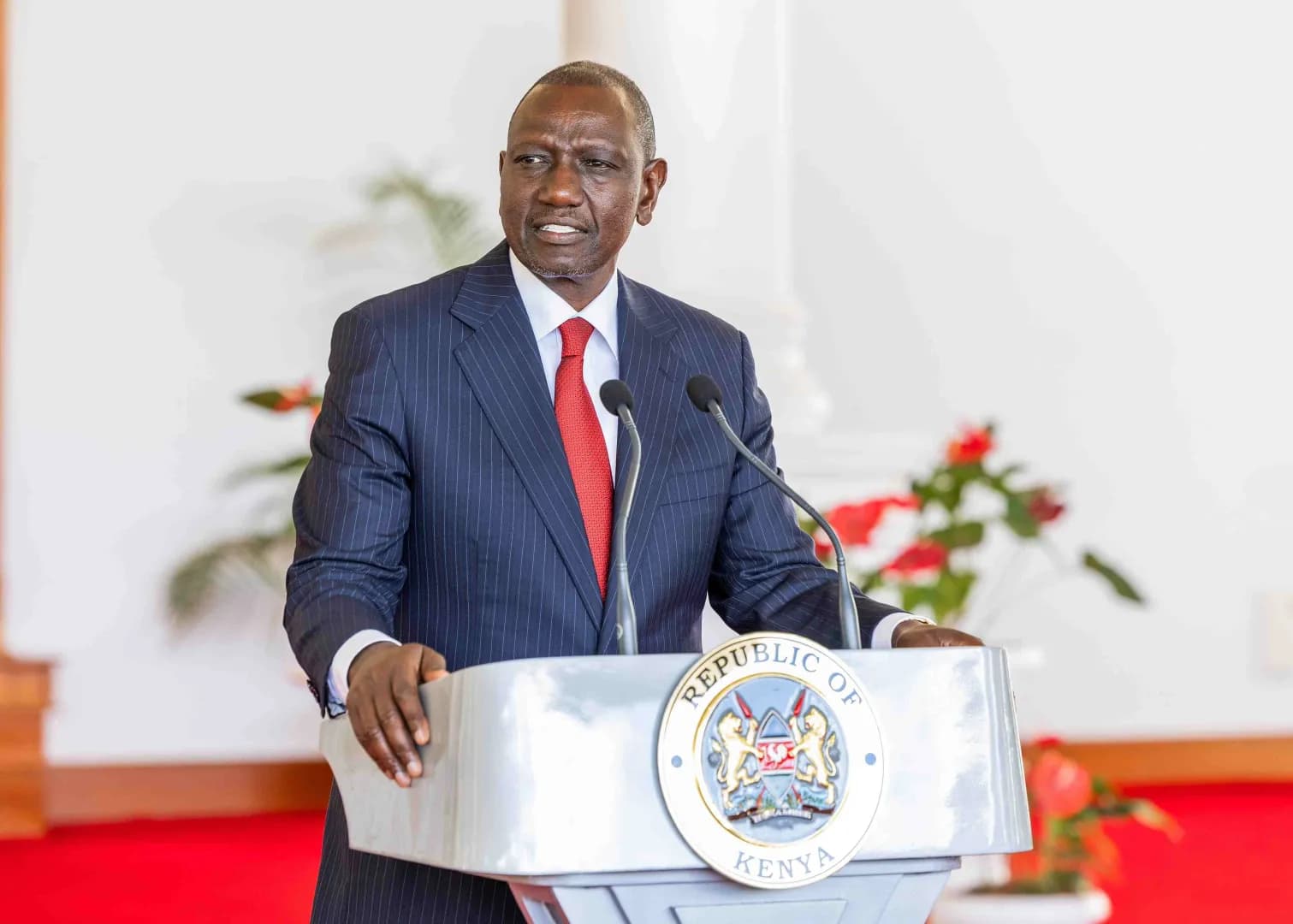We're loading the full news article for you. This includes the article content, images, author information, and related articles.
The International Monetary Fund's latest global outlook signals tougher economic conditions for Kenya, urging significant fiscal consolidation as public debt sustainability remains a primary concern for policymakers in Nairobi.

WASHINGTON D.C. – The International Monetary Fund (IMF) has revised Kenya's economic growth forecast for 2025 to 4.8%, according to its October 2025 World Economic Outlook (WEO) released last week. This projection reflects a complex global economic environment and persistent domestic challenges, including a high public debt burden and inflationary pressures that continue to weigh on households and businesses.
The updated forecast comes as Kenyan officials, led by Treasury Cabinet Secretary John Mbadi and Central Bank Governor Kamau Thugge, engage in ongoing discussions with the IMF for a potential new funding program. These negotiations, held during the IMF/World Bank Annual Meetings, are focused on a reform agenda aimed at enhancing fiscal credibility and ensuring the sustainability of public finances.
While Kenya's outlook has been tempered, the broader Sub-Saharan Africa region shows signs of resilience. The World Bank, in its October 2025 "Africa's Pulse" report, projected regional growth to accelerate to 3.8% in 2025, up from 3.5% in 2024. This upward trend is supported by easing inflation across many countries and stabilizing commodity prices. However, the report also highlights significant risks, including high debt service costs, which have more than doubled over the past decade for the region. Nearly half of the countries in Sub-Saharan Africa, 23 in total, were in or at high risk of debt distress in 2025, a sharp increase from eight in 2014.
Kenya's public debt remains a central point of concern for international financial institutions. According to the latest data from the Central Bank of Kenya (CBK) and the National Treasury, the country's total public debt stood at Kshs 11.5 trillion as of May 2025, a 10.3% increase from the previous year. By August 2025, this figure had climbed to Kshs 11.97 trillion. This debt level is equivalent to a debt-to-GDP ratio of 67.4% as of December 2024, significantly above the IMF's recommended threshold of 50.0% for developing economies.
The government's 2025 Medium Term Debt Management Strategy indicates a continued reliance on the domestic market to finance the fiscal deficit, with a proposed net financing split of 65% domestic to 35% external borrowing. The National Treasury's aggressive domestic borrowing strategy has seen it raise nearly 85% of its full-year bond target within the first five months of the 2025/26 fiscal year. However, this strategy comes with its own risks, including potentially crowding out private sector credit and keeping lending rates high.
The IMF has consistently called for enhanced transparency and strengthened public financial management to reduce borrowing costs. Discussions for a new program have centered on measures to ensure the sustainability of public finances, which implies a period of fiscal consolidation, or austerity. This presents a difficult balancing act for President William Ruto's administration, which must navigate the need to cut spending while financing its development agenda and providing essential public services.
The fiscal deficit for the 2025/26 financial year is projected at Kshs 831.1 billion, or 4.3% of GDP. The pressure to narrow this gap could lead to reduced spending on critical sectors like infrastructure, health, and education. Furthermore, persistent inflation, which reached 7.8% in August 2025, continues to erode the purchasing power of Kenyan households, particularly impacting food and transport costs. External factors, such as higher-than-expected inflation in the United States, could also exert downward pressure on the Kenyan shilling, increasing the cost of imports and dollar-denominated debt repayments.
As Kenya seeks a new financing arrangement with the IMF, the government faces tough policy choices. The Fund's concerns about the stability of the exchange rate and the overall debt trajectory suggest that any new program will come with stringent conditions. For ordinary Kenyans, the outcomes of these high-level negotiations in Washington will have tangible effects, influencing everything from the cost of living and access to credit to the funding of public projects across the country. The path to achieving sustainable growth while managing a heavy debt load will require careful navigation and transparent fiscal management in the months ahead.
Keep the conversation in one place—threads here stay linked to the story and in the forums.
Other hot threads
E-sports and Gaming Community in Kenya
Active 6 months ago
Popular Recreational Activities Across Counties
Active 6 months ago
The Role of Technology in Modern Agriculture (AgriTech)
Active 6 months ago
Investing in Youth Sports Development Programs
Active 6 months ago